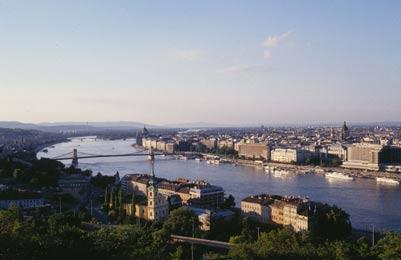Walks: Budapest, Hungary

Stroll along the cultural route linking the castle district in old Buda with the city park in Pest. Theatres, museums, churches, art galleries and cafes enliven the way. High above the Danube, Buda was a strategic site during Turkish and Austrian rule. Restored after World War II, the castle area is ideal for walking. Reflecting diverse styles, the Royal Palace houses the National Gallery where art depicts Hungary's turbulent history.
Stroll along the cultural route linking the castle district in old Buda with the city park in Pest. Theatres, museums, churches, art galleries and cafes enliven the way. High above the Danube, Buda was a strategic site during Turkish and Austrian rule. Restored after World War II, the castle area is ideal for walking. Reflecting diverse styles, the Royal Palace houses the National Gallery where art depicts Hungary's turbulent history.
View the Danube from the Fishermen's Bastion. The Turks used Matthias Royal Church as a mosque during the 16th Century. Other church walls were included in the controversial design of the Hilton Hotel. Walk along the castle ramparts to the Museum of War History before leaving the old town.
By bus, metro or funicular, return to central Pest, developed in the 19th Century under the dual monarchy as the Austro-Hungarian Empire's second city. The impressive parliament building overlooks the Danube. Walk over the memorial bridge by the sculpture of Imre Nagy, executed for opposing the Communist regime in 1956. Visit the House of Terror museum, used by both Nazi and Soviet oppressors, and continue to Heroes' Square and the city park.
The Budapest card is useful for travel and entrance to museums but some listed restaurants are reluctant to honour promised discounts.
